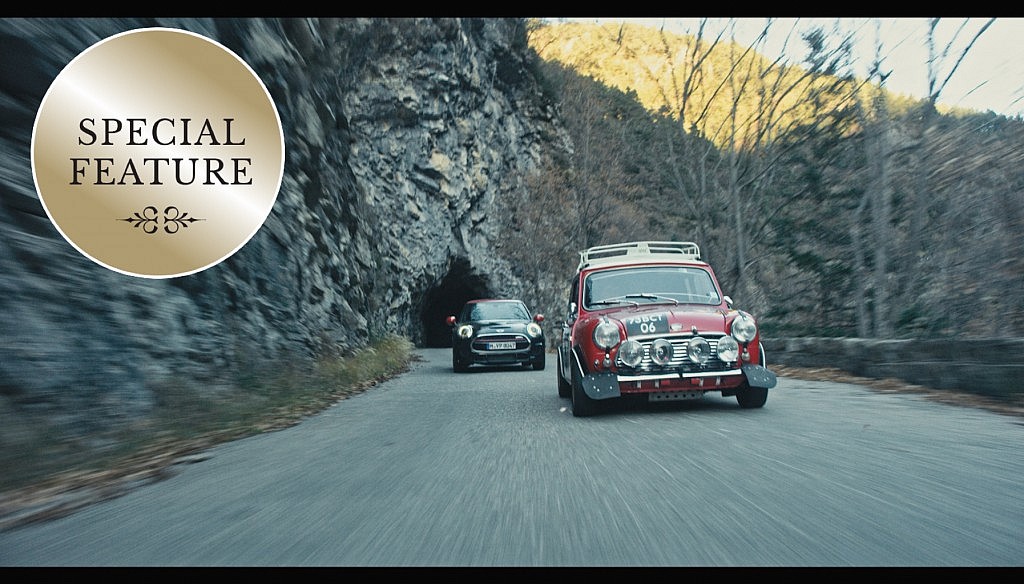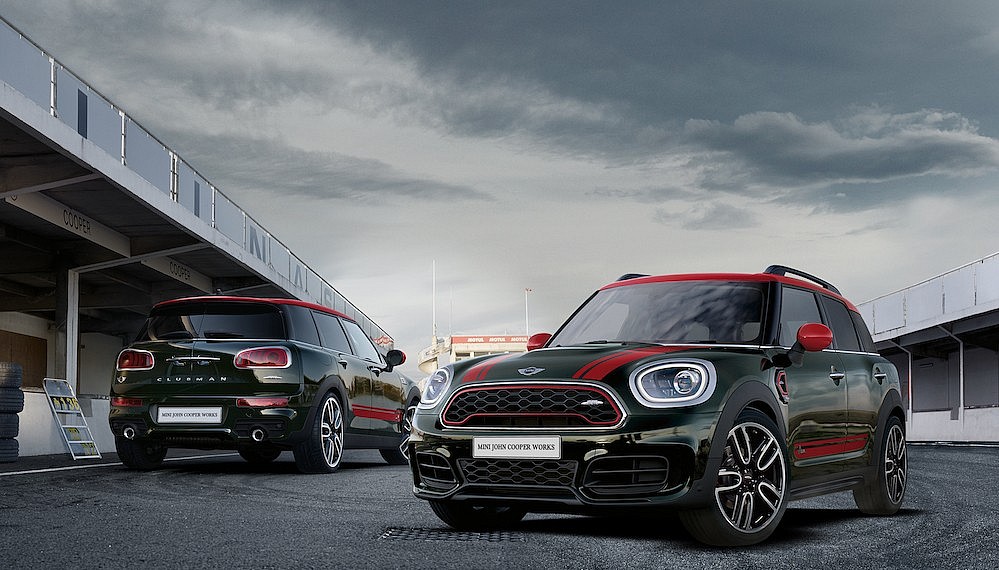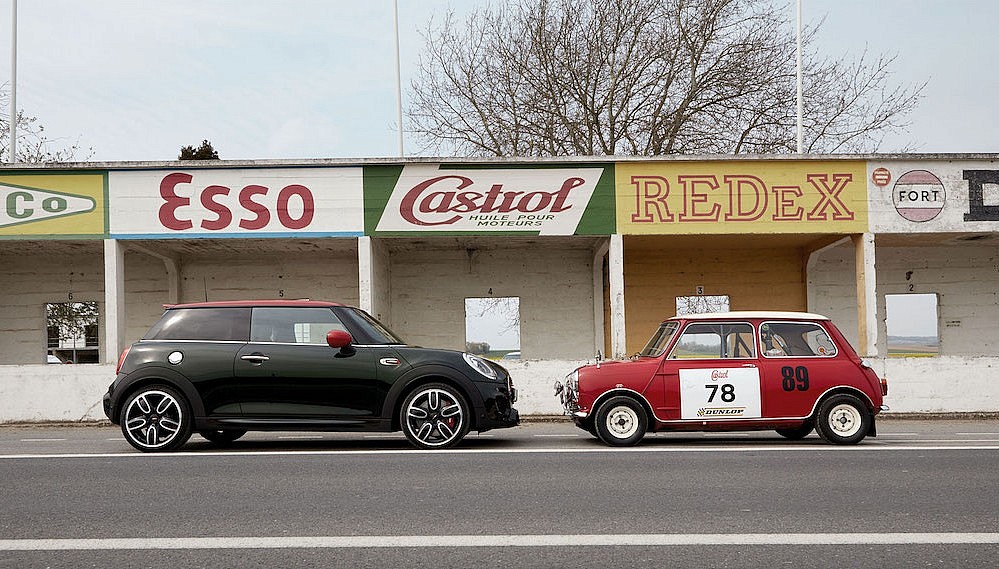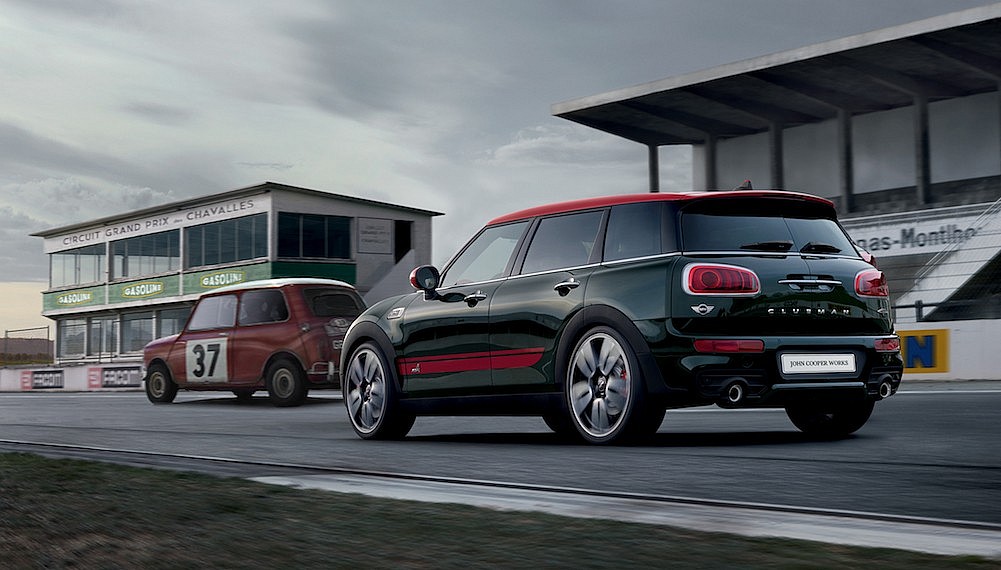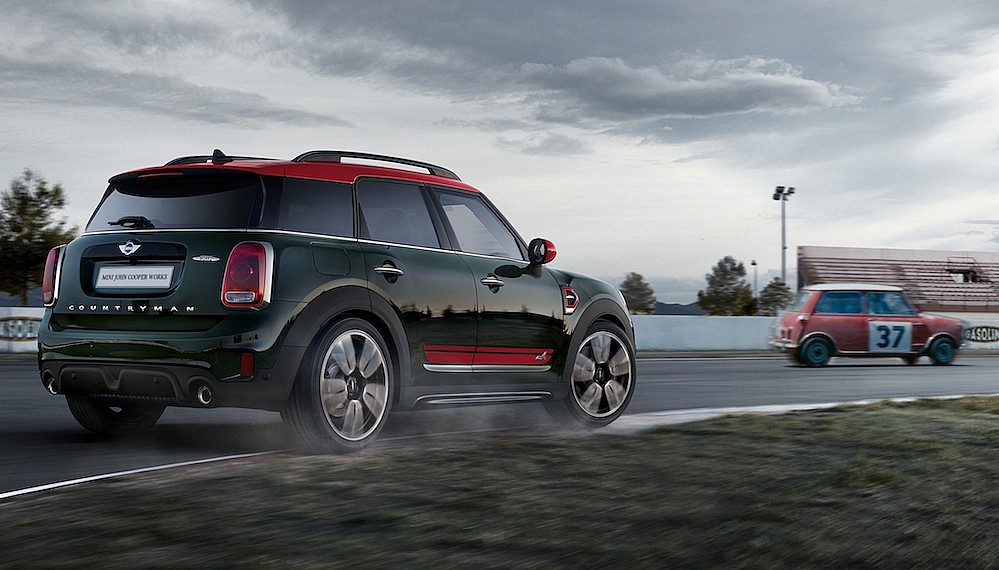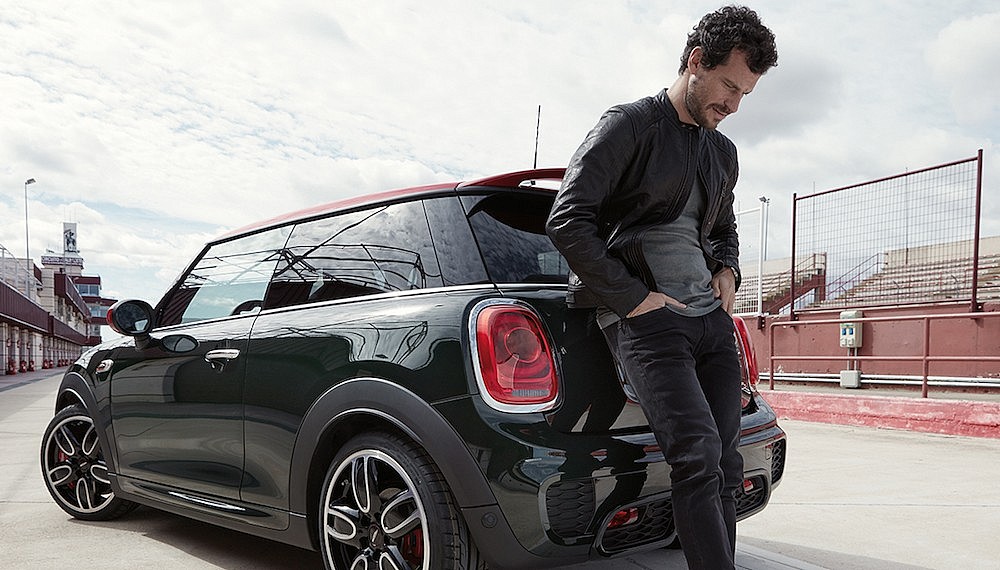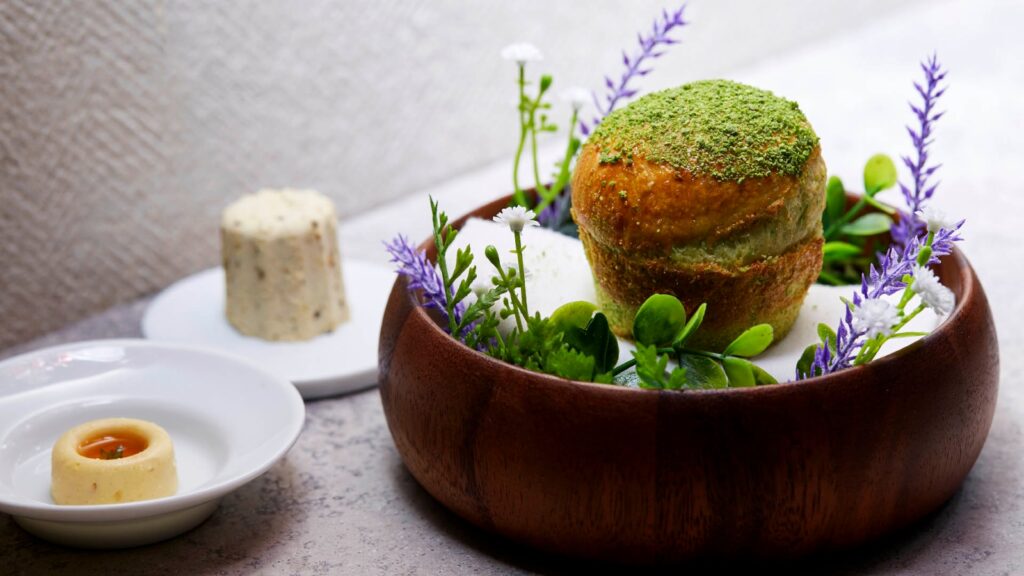good things in small packages
They called it a ‘tin can.’ They said that it ‘could not work’. They were certain it ‘would never win’. And yet, in 1964, a Mini Cooper car zoomed to victory in the Monte Carlo Rally, overtaking the then-dominant Porsches and Citroens. They said it was a mere car that had ‘big dreams with small chances’. They were wrong.
That thrilling story of the Mini Cooper in the French Riviera came from the mind of one man: John Cooper. Founder of the British Cooper Car Company with his father Charles Cooper, John Cooper spearheaded a motoring Renaissance that saw Cooper win the 1959 and 1960 Formula One Driver and Constructors Championship. Undeterred by the nadir that followed, John Cooper was inspired by the British Motor Corporation’s Mini – a two-door classic designed by Sir Alex Issigonis that became an emblem of 1960s Great Britain – believing it could be perfect as a rally car. He convinced a reluctant Sir Issigonis to collaborate on a new high-performance version of the Mini. And thus, in 1961, the Mini Cooper was born.
The Mini Cooper stunned the world in 1963 as it placed third in the Monte Carlo Rally. In 1964, it swung round the tight hairpins of the Route de Beausoleil and the curves of Tunnel Larvotto to take first place. The world was rapt with attention at the mini marvel. The Mini Cooper would go on to take the chequered flag again in 1965 and 1967; the 1966 race also saw a Mini Cooper come in first (and second and third place, as well) only to be disqualified due to the minor technicality.
In 2001, the Mini was revived by the BMW Group. Concurrently, John Cooper’s son, Michael Cooper, founded John Cooper Works, which produced parts and accessories for the new BMW MINI, as well as specific tuning kits and pre-tuned cars. As JCW carried on John Cooper’s legacy, BMW acquired the firm in 2007, introducing popular new models such as the MINI John Cooper Works Hatch and John Cooper Works Clubman. In 2013, a limited edition MINI John Cooper Works GP with a 218hp turbo-charged, four-cylinder engine was issued, with only 2000 produced. The brand’s racing legacy continues till today as well, with MINI John Cooper Works cars conquering races as varied as Daytona and the Dakar Rally.
All that praise, expertise and innovation accrues into the commercial versions of MINI John Cooper Works. The JCW badge on the side scuttle is a symbol of quality and history in the MINI John Cooper Works Clubman (from RM328,888) and Countryman (from RM348,888). Issued in Rebel Green – an homage to the classic British racing green – with Chili Red trimmings, the duo is powered by a 231hp Twin Power turbo engine. Both the Clubman and Countryman have 350Nm of torque, enabling them to blaze the century sprint in under 6.5 seconds. This remains the purest distillation of John Cooper’s ambitions, with the sportier Clubman and more rugged Countryman catering to the different facets of the modern man.
And there is more on the horizon. The upcoming MINI John Cooper Works GP Concept continues where the previous two GP production models left off, taking things to the extreme in a track-focused racer car that would make John Cooper proud. In Black Jack Anthracite, Curbside Red and High Speed Orange, the GP Concept looks menacing, and ready to break world records.
The last time a Mini Cooper placed in the top three of the Monte Carlo Rally was in 2012, 44 years after its previous podium finish. By the looks of things, we won’t have long to wait until the next one. The faith of a few powered the original Mini Cooper to global attention in 1961. It started a revolution and created a religion. Today, that number has increased exponentially; the MINI John Cooper Works now has the faith of many.
